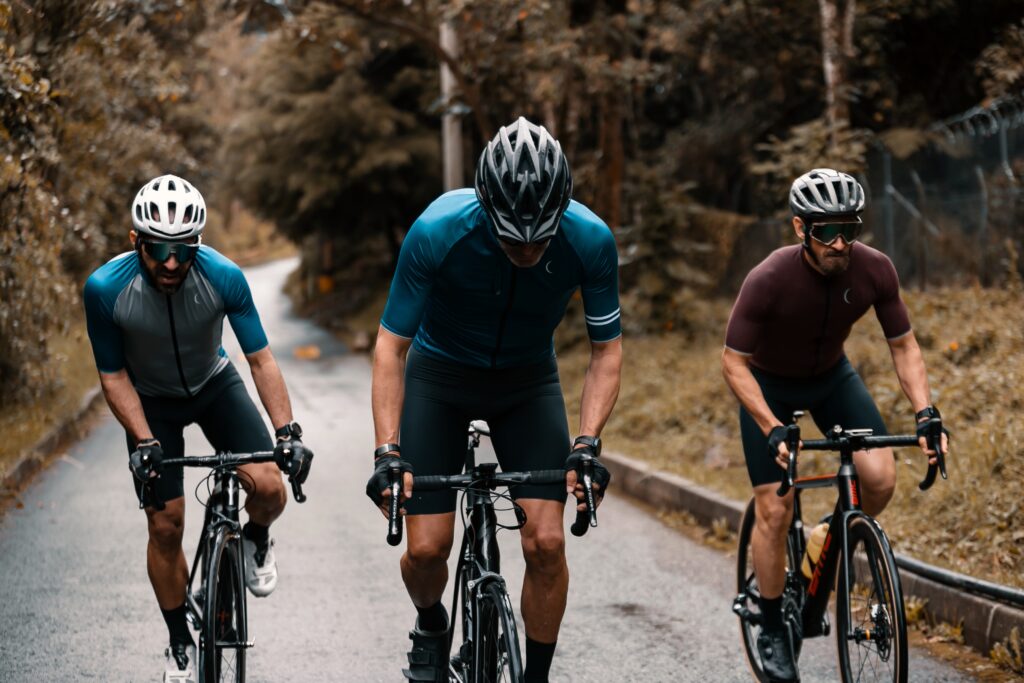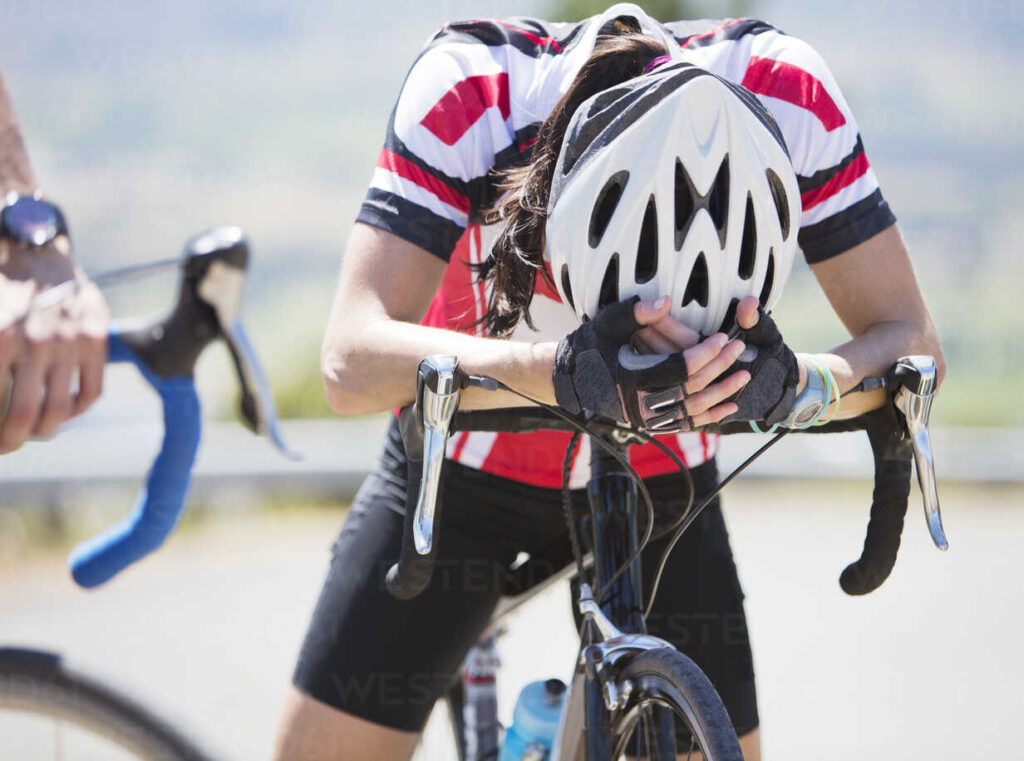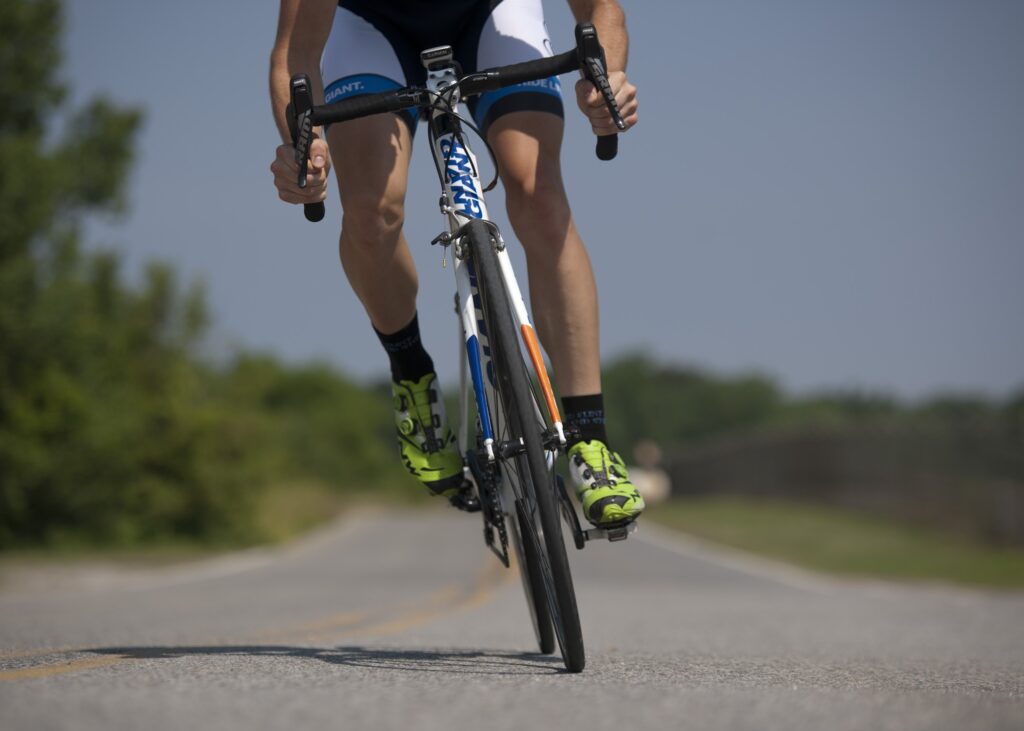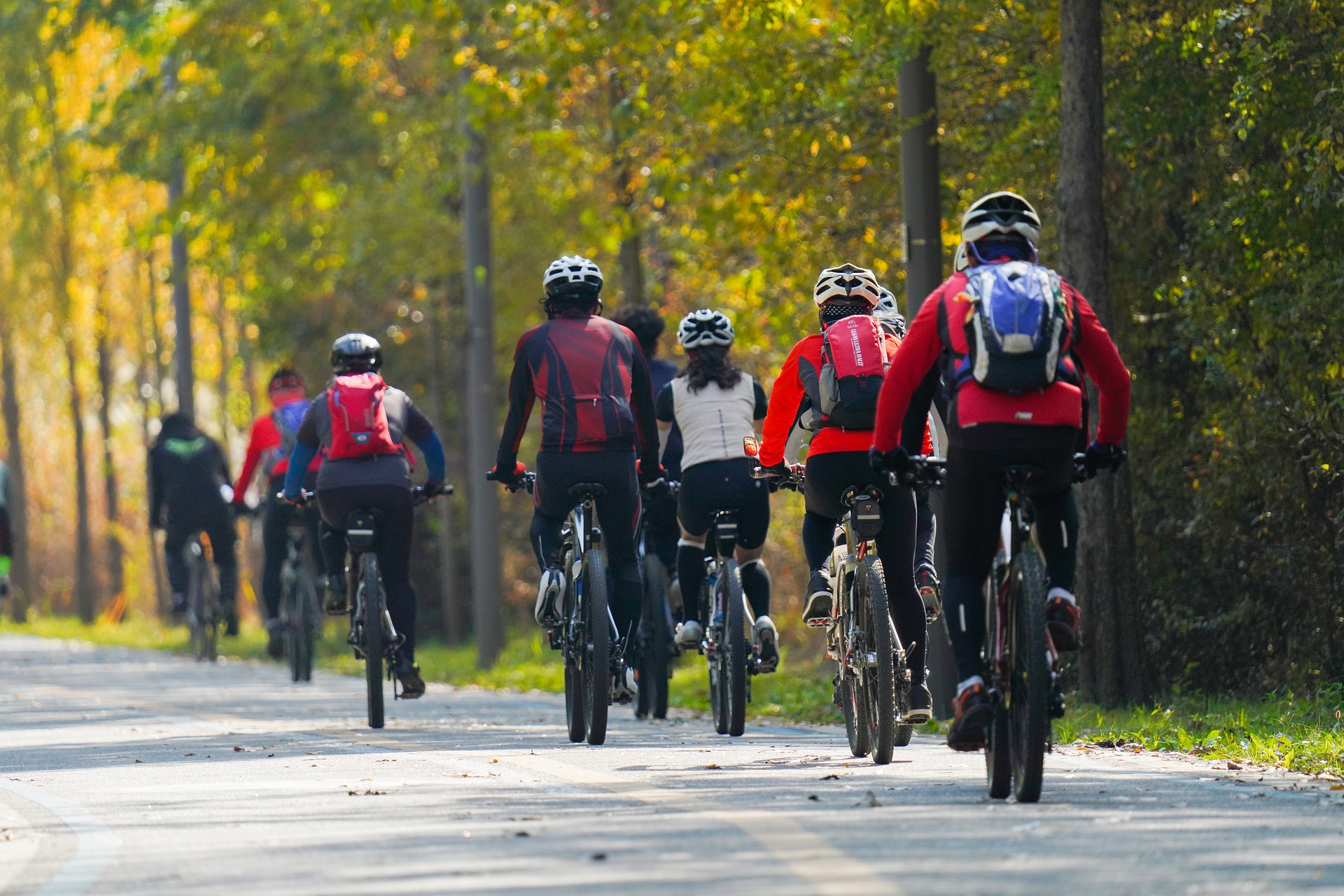Cyclists frequently take their riding seriously during the summer. It’s simple for cyclists to get lost in the training grind with more sunlight, more free time, and a schedule full of races to get ready for. It takes a tremendous amount of commitment, patience, and focus to train. All cyclists can agree that while riding on the open road can be one of life’s greatest joys, there are other times when training can be stressful and exhausting.
For many bikers, it might be difficult to avoid becoming “burned out.”Let’s look at some interesting cycling facts to keep your mind off of your laborious effort and training. Since bicycles have been around for a while, it’s time to focus on their past.
Grand tour
One of the three primary European professional stage events for road cycling—the Giro d’Italia, Tour de France, and Vuelta a Espana—is referred to as a Grand Tour. The three events are referred to as the Grand Tours collectively, and they share a common pattern of daily stages over three weeks.
Grand Tours are given a special status under UCI rules since they are the only stage events that can go longer than 14 days and because they award more points toward the UCI World Tour than other competitions. The Tour de France was first conducted in 1903, the Giro d’Italia in 1909, and the Vuelta a Espana in 1935. All three competitions have a long history.
The Tour takes place in July, the Vuelta in late August or early September, and the Giro often takes place in May. The Vuelta initially took place in the spring, typically in late April, with a few editions in the 1940s taking place in June. To avoid direct conflict with the Giro d’Italia, the race was relocated to September 1995.

The most popular yearly sports event in the world, the Tour de France is the biggest and highest-ranking in terms of points awarded to racers of all three. The Triple Crown of Cycling consists of the Tour, the Giro, and the Road World Cycling Championship.
Some people compare the Giro Donne to the Tour de France Femmes, two races for women that cover comparable distances but last only a week. The first Giro Donne took place in 1988, and since 1994, there have been a number of women’s Tour de France events. The Tour de France Femmes will debut in 2022.
10 fun facts about the biggest bicycle tour in history
- The three Grand Tours are men-only competitions, and as of 2022, there are no three-week races on the women’s road cycling calendar. The same concept applies to all Tours: a three-week cycling race with daily stages spanning a range of terrain (flat, rolling, and hilly), plus a few rest days for good measure.
- The Grand Tours serve as the greatest all-around cyclists in the pro peloton’s ultimate test. The cyclist who finishes with the fastest overall time, often known as the “general classification,” also receives the appropriate race winner’s shirt, which is typically yellow for the Tour de France, pink for the Giro d’Italia, or red for the Vuelta a Espana.

- Italy leads the list of winners across all three Grand Tours with 85 victories, followed by France and Spain. This is to be expected, as the three countries hosting the Grand Tours are rather dominant when it comes to victories at the main races on the cycling calendar.
- A live canary in a cage is the prize for each stage winner in the Vuelta a Espana. The race traveled through coal-mining zones where canaries were utilized to detect dangerous gases in the 1940s, which is when this tradition first started.
- The best rider in each category is traditionally given a special jersey during the Tour de France: yellow is given to the overall leader, green is given to the best sprinter, white is given to the best young rider, and polka-dot is given to the best climber.
- Over the past 30 years, one manufacturer has dominated the market for Grand Tour-winning bicycles. A cyclist riding a Pinarello bicycle has won 26 of the 75 Grand Tours over the past 30 years. This is partly due to the supremacy of teams like Team Sky and Banesto in the 1990s.
- These days, Shimano, SRAM, and Campagnolo—the “big three”—dominate the market for bicycle groupsets. In actuality, none of the World Tour teams now in operation employ groupsets from any source other than these three. 14 teams in the men’s division use Shimano groupsets, three teams Campagnolo, and two teams SRAM.
- A fascinating subject in professional cycling has always been the average speeds at the Tour de France. In 2005, at the height of Lance Armstrong’s career, when the American ‘won’ his seventh overall title, the fastest race ever was run. Over the course of the 3 weeks of racing, an astounding 41.7kph was the average speed.

- Chris a seven-time Grand Tour champion, earned almost €4.5 million per year while racing for Team Ineos. Although elite cyclists’ wages are often much lower than those in other sports, some cyclists with exceptional skills can make as much money as the highest-paid basketball or football players.
- Normally, INEOS plans to spend €29 million on its grand tour. To a wide extent, INEOS continues to be the organization with the largest bankroll. It’s tough to dispute that the team’s budget, which is at least $10 million greater than that of their nearest competitors thanks to Sir Jim Radcliffe, a British billionaire who have a significant impact on their performance during the past eight years.

